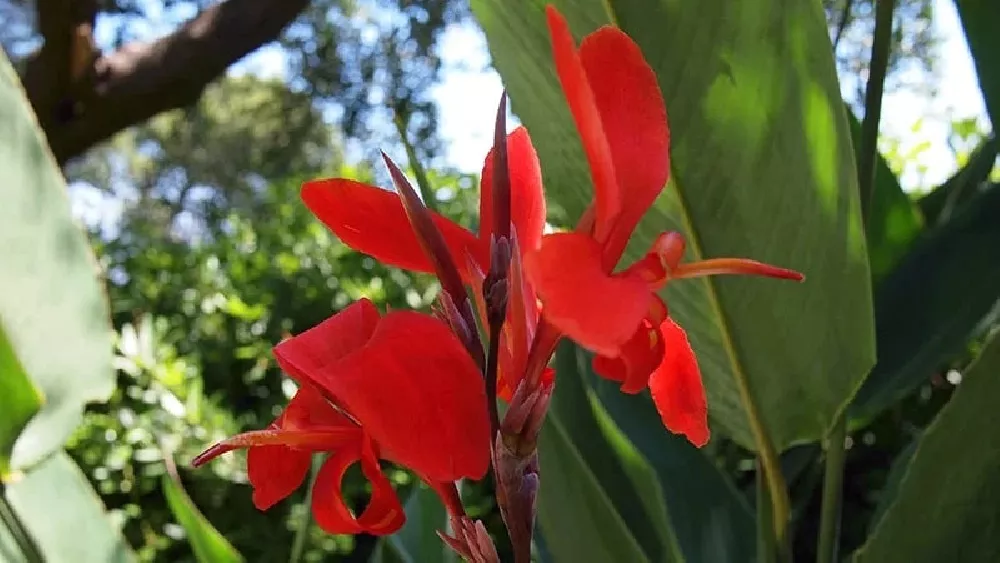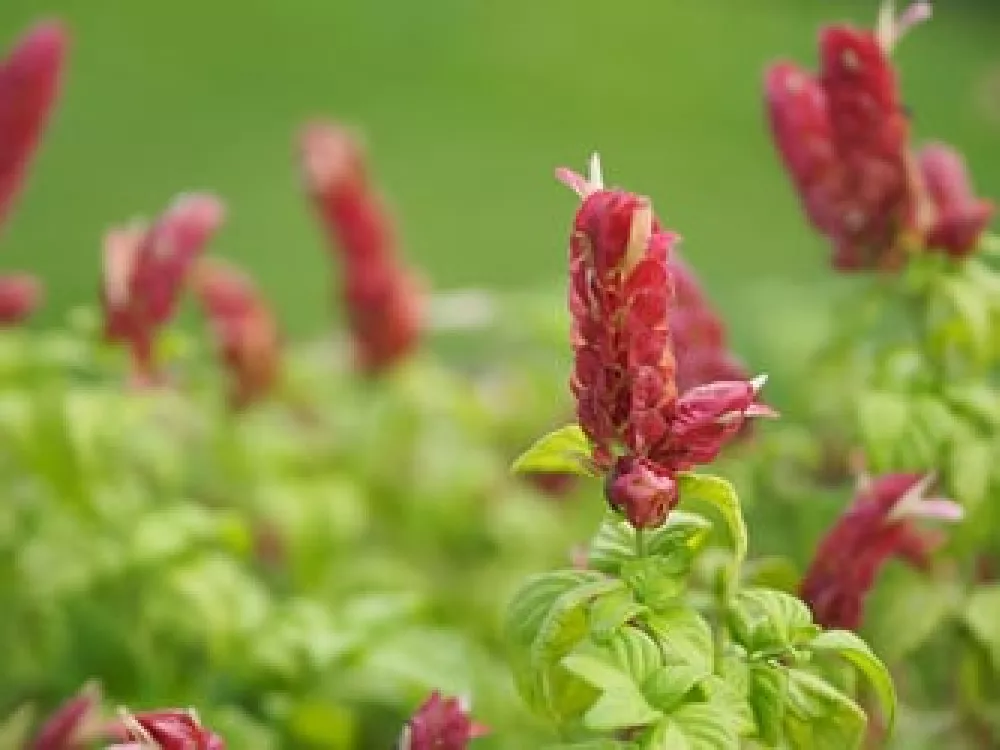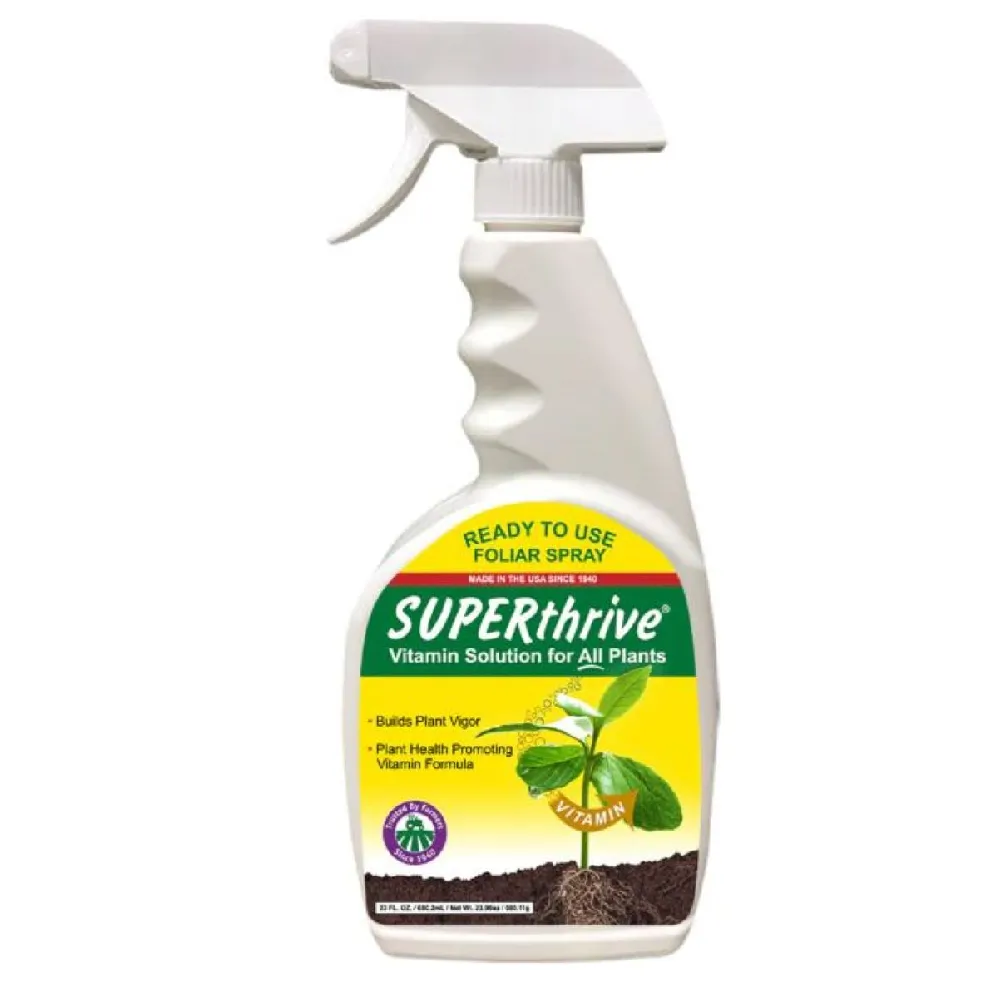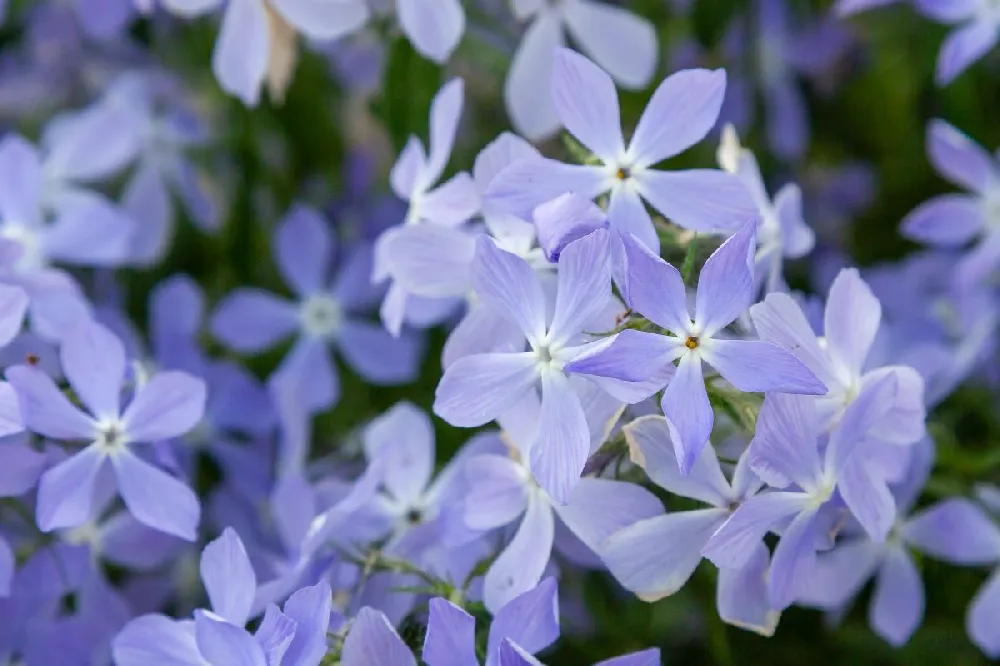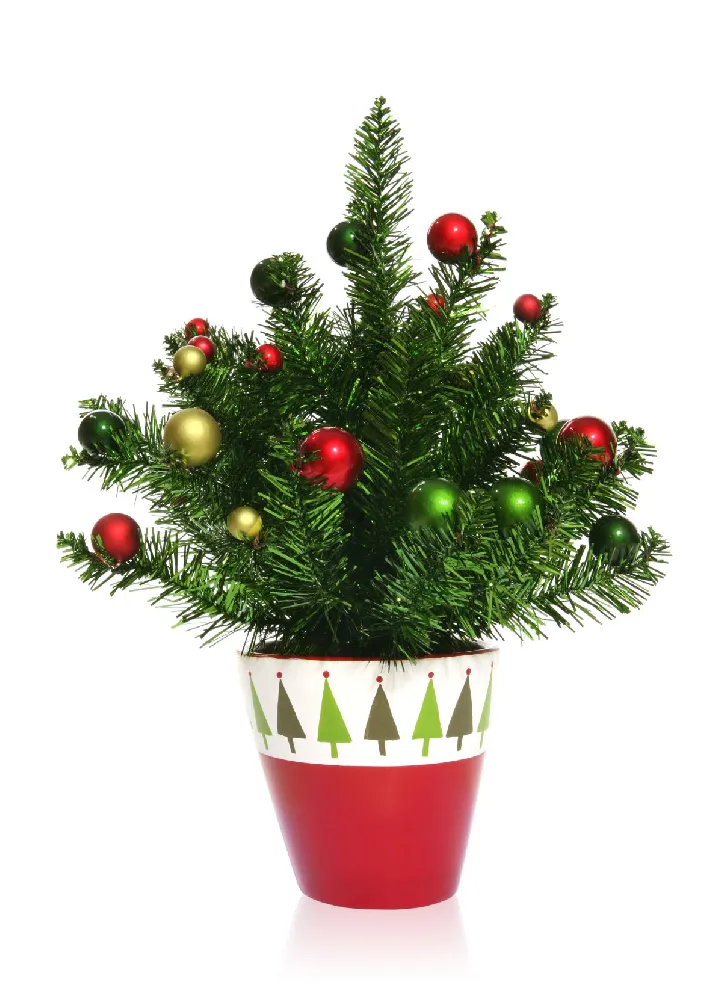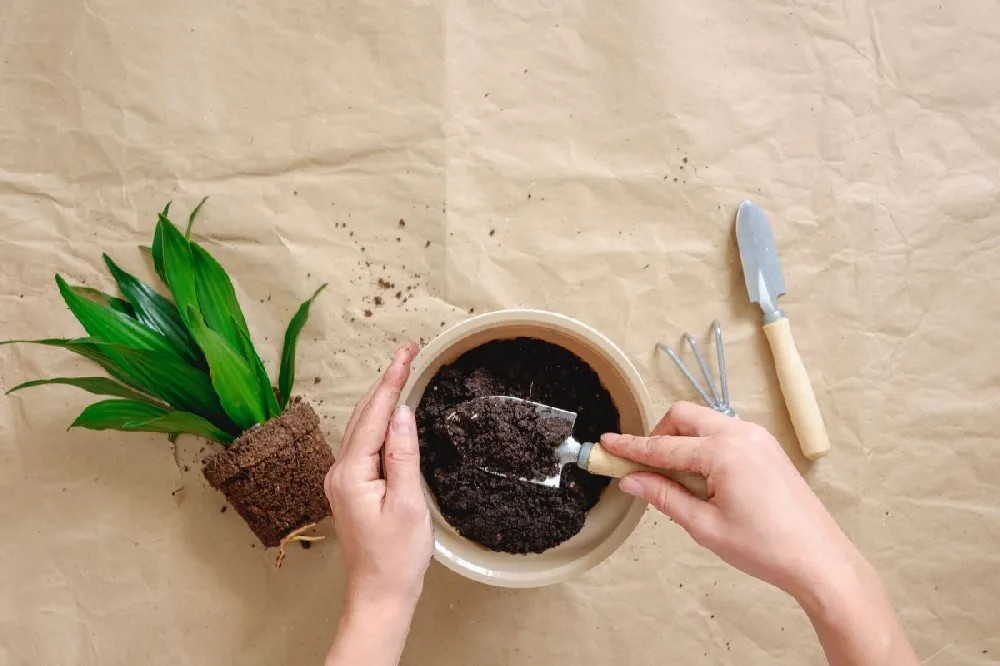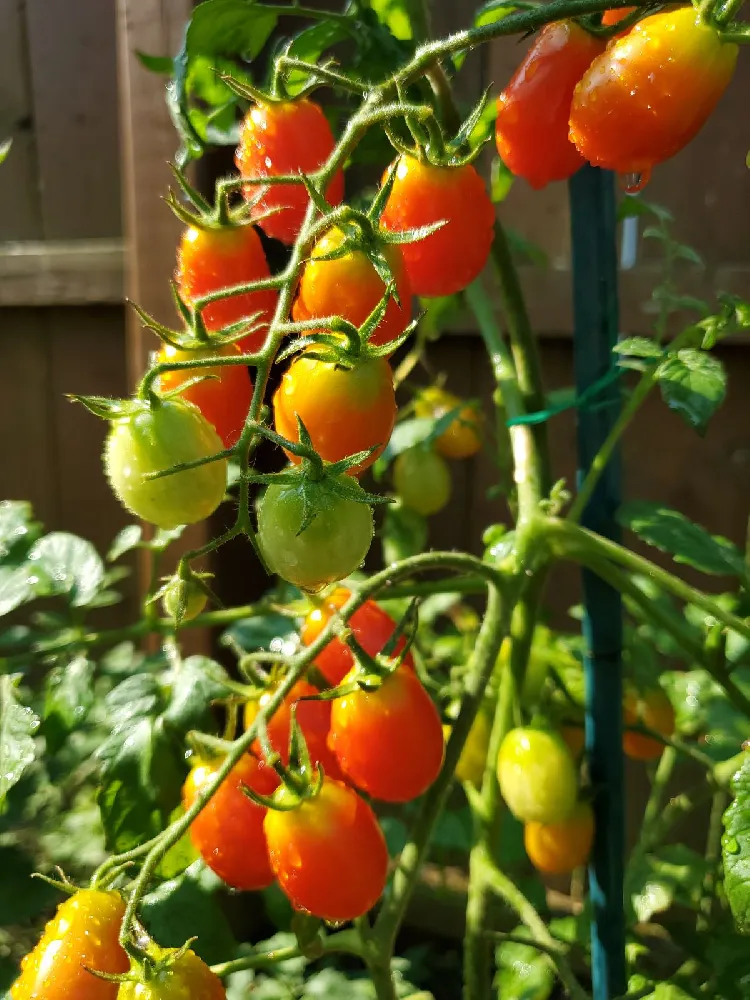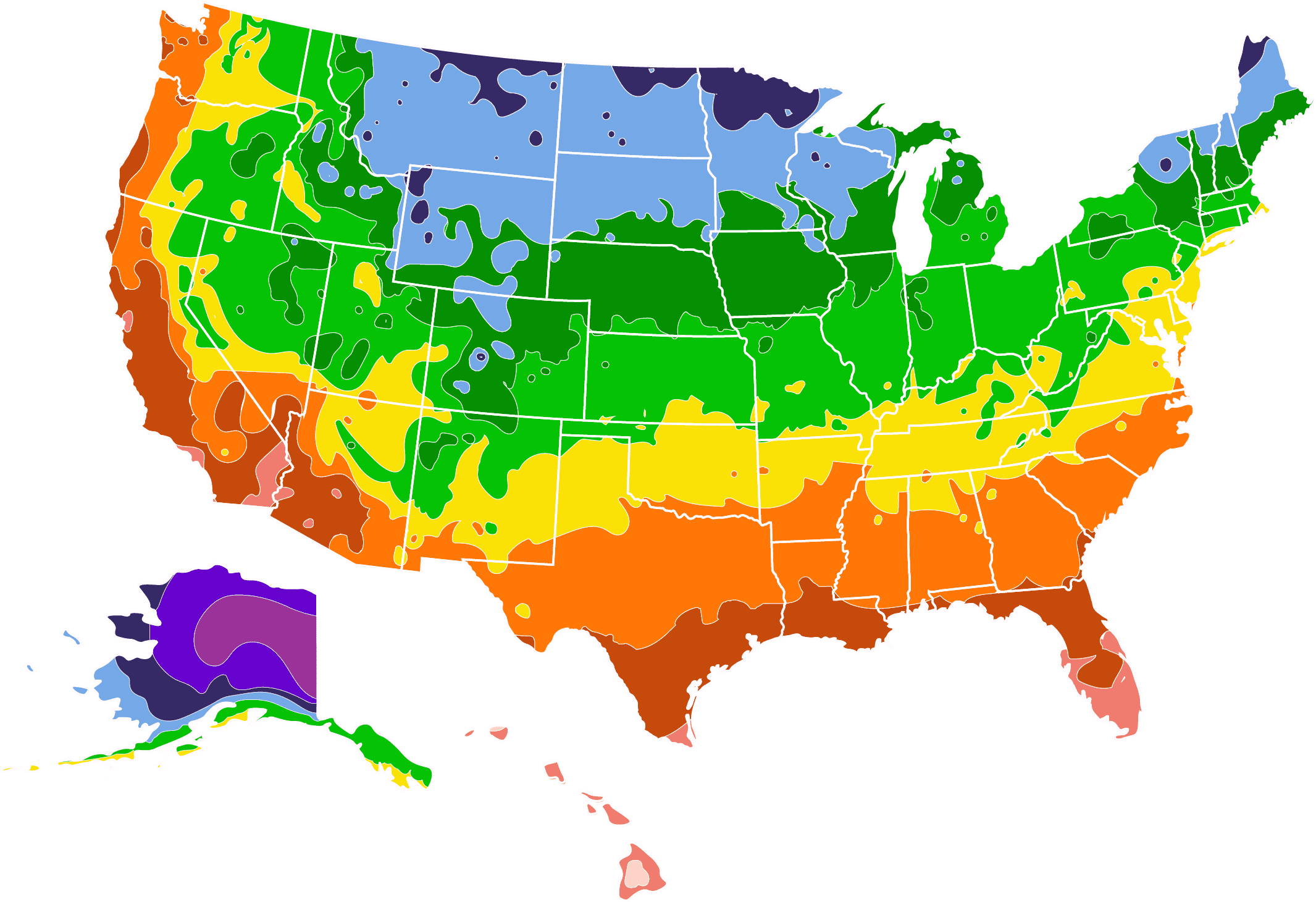Shrimp Plants for Sale - Buying & Growing Guide
Planting and Care
Planting instructions
If you live in USDA hardiness zones 8-11, you can grow shrimp plants outside. Northern gardeners should plant them in a container and bring them inside over the winter. If planting outside, site your shrimp plant in sandy or loamy soil that drains well. They like some sun, but in the wild, they are an understory plant so afternoon shade is acceptable.
Dig a hole for your shrimp plant that is as deep as the root ball and twice as large. Place the plant in the hole and backfill with soil that’s been enriched with a few handfuls of well-rotted compost. Water thoroughly, and tamp down the soil after planting.
Watering and nutrients
Shrimp plants like a fairly humid environment. As houseplants, you can place them near a humidifier or on a tray filled with pebbles and water. Keep an eye on the soil — if the surface seems dry, give your plant a thorough watering. Make sure, however, that the pot’s drainage holes are clear because shrimp plants don’t like wet feet.
Your shrimp plant will benefit from regular applications of a general-purpose balanced fertilizer sprinkled on the soil around the root zone and watered in. A slow-release product is best — follow package directions for application.
Pollination
Cultivated shrimp plants are generally produced not by pollination, but by stem cuttings or divisions. Using the division method requires a fully-grown shrimp plant, which is dug up and divided with a sharp spade or shovel. Replant the two parts and they should fill in and grow quickly. Stem cuttings can be created by pruning off branches with at least four sets of leaves, soaking them briefly in rooting hormone, and then planting them in soil. Water regularly, and you should see new roots in several weeks.
Pruning
Prune your shrimp plant heavily in the spring, before new growth starts. This will keep it from getting leggy and unkempt. Prune all stems back to a few inches above the soil, just above a leaf bud, leaving the ones in the center the longest. You should see vigorous growth in the weeks following. You may also prune out broken or diseased branches whenever you see them. Deadheading the flower bracts will encourage new ones to bloom.
Pests and diseases
Shrimp plants are not a disease- or pest-prone in general. Red spider mites may cause the leaves to become yellow and you will see webs underneath the leaves. Greenflies are small green insects that make the leaves sticky. Both pests can be treated with a general-purpose insecticide.
Although shrimp plants love humidity, too much may encourage fungal diseases such as leaf spots. Avoid over-watering, and keep the area under the plant free of dead leaves and other debris. Avoid fertilizing until the fungal growth is under control.
FAQs
Do shrimp plants like full sun?
If you’re growing your shrimp plant outside, it will be happiest with direct sun in the morning and afternoon shade. Your indoor shrimp plant will grow best in a bright sunny window or with plenty of bright indirect light.
Is the shrimp plant invasive?
No, the plant is not invasive. A close relative, however, the green shrimp plant, Ruellia blechum, is a problem in warmer regions, including parts of Florida.
Will my shrimp plant come back every year?
If you live in zones 8-11, your shrimp plant should be able to survive outside year round. At the cooler end of this range, cover it with an organic mulch in the fall. If you are in a region with colder winters, your shrimp plant is best when grown in a container that can come inside in the winter. In that case, when pruned judiciously, your shrimp plant can be considered a perennial.
Is the shrimp plant toxic?
No. The shrimp plant is one houseplant that, like the spider plant, swedish ivy, and a few others, has no toxicity for small children or pets and does not need to be kept out of their reach.
